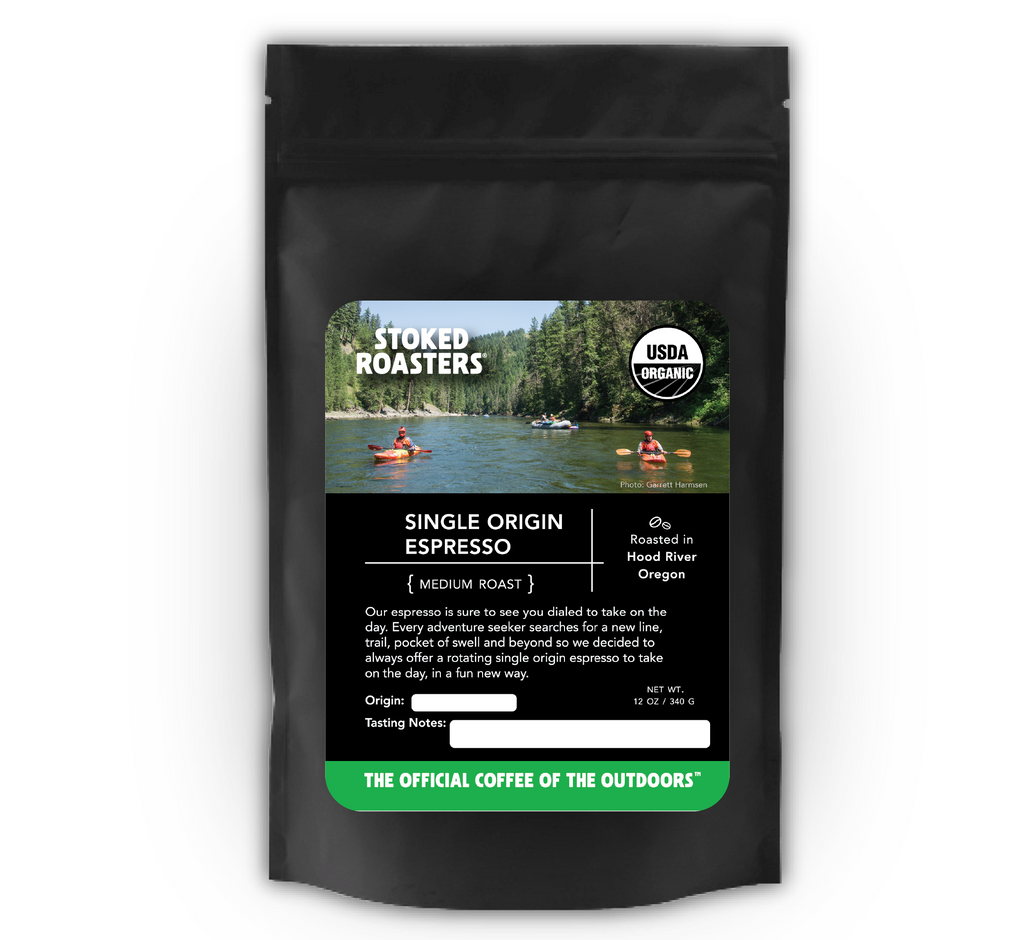The Coffee Lover’s Guide to SOE Single Origin Espresso Varieties
Wiki Article
Coffee Beans 101: Everything You Required to Understand About Coffee and Blended Coffee Beans
When it concerns coffee, comprehending the subtleties of coffee and blended beans can transform your everyday mug. You'll uncover the distinct attributes of Arabica and Robusta beans, and exactly how each impacts taste and caffeine material. From the growing procedure to roasting strategies, every action plays a duty in your coffee experience. So, what makes the excellent mixture? Let's discover the essential elements that add to an outstanding mug of coffee.Understanding Coffee Beans: Types and Varieties
When diving into the globe of coffee, understanding the types and varieties of coffee beans is important for every enthusiast. Arabica beans are recognized for their smooth, complex flavors and lower caffeine web content, making them a preferred amongst coffee aficionados.Ethiopian Yirgacheffe uses brilliant floral notes, while Colombian beans give a well-balanced flavor profile. By familiarizing on your own with these beans and their tastes, you'll boost your coffee experience and make more informed choices in your brewing trip.
The Expanding Process: From Seed to Bean
When you explore the trip of coffee, everything starts with seed option methods that establish the structure for high quality. From there, farming and collecting play necessary functions in guaranteeing the beans thrive. Handling methods change those collected cherries into the coffee beans you love.Seed Option Strategies
Selecting the appropriate seeds is essential for generating top notch coffee beans, as it lays the foundation for the entire expanding procedure. Pay attention to the seed's age and storage conditions, as fresh seeds tend to sprout better. Think about the condition resistance of various selections, as this can considerably affect your return.Growing and Harvesting
As you nurture your coffee seeds right into flourishing plants, understanding the farming and harvesting procedure is essential for achieving the most effective flavor and quality. Start by planting your seeds in well-draining dirt, ideally in a shaded location to safeguard them from direct sunlight. As your plants expand, keep constant dampness, and be mindful of their demand for nutrients. Trim regularly to advertise air flow and healthy growth.Hand-picking is often the best approach to guarantee only the ripest cherries are chosen. Timing is necessary; harvesting also early or as well late can affect the taste account of your beans.

Processing Approaches Explained
As soon as you've harvested your coffee cherries, the next crucial step is refining them to transform those vivid fruits right into the beans you'll make. In the completely dry procedure, you spread out the cherries out in the sunlight to completely dry, enabling the fruit to ferment and give special tastes to the beans. Comprehending these techniques is crucial to enjoying your coffee experience.Toasting Techniques: Exactly How Flavor Is Established
When it pertains to toasting coffee beans, recognizing roast degrees is crucial to revealing their distinct flavors. Each roasting technique influences the scent and boosts the taste development procedure, giving you a richer coffee experience. Allow's check out just how these variables come together to elevate your daily brew.Roast Degrees Clarified
Roast levels play an important duty in shaping the taste profile of your coffee. By understanding these levels, you can much better pick a coffee that matches your preference choices. Experiment with different roasts to uncover which one reverberates with you, boosting your total coffee experience and satisfaction.Impact on Aroma
The roast degree not only influences the preference of your coffee yet additionally substantially influences its scent. Each toasting strategy releases various unpredictable compounds, shaping just how your coffee smells. In addition, the freshness of the beans plays a crucial duty; newly roasted coffee launches much more aromatic oils, enhancing that attracting scent.Taste Development Refine
As you explore the taste growth process, you'll discover that toasting strategies play a vital duty in shaping the taste account of your coffee. The toasting temperature level and time straight affect the acidity, sweetness, and resentment of the beans. Light roasts maintain more of the bean's original tastes, highlighting floral and fruity notes.Espresso vs. Blended Coffee: Secret Differences
Espresso and blended coffee each deal one-of-a-kind experiences that deal with various preferences and preferences. Espresso is a focused coffee Single Origin Espresso made by forcing warm water via finely-ground coffee beans, leading to an abundant, vibrant taste and a creamy layer of crema on the top. It's usually enjoyed as a shot or made use of as a base for beverages like coffees and cappucinos.On the various other hand, blended coffee combines different beans from different regions, producing a more well balanced taste profile. You'll typically locate blends that highlight sweetness, body, or level of acidity, making them functional for various developing techniques. While espresso concentrates on strength, mixed coffee may provide a wider array of flavors that can change with each sip.
Eventually, your selection in between coffee and mixed coffee boils down to your individual choice. Whether you hunger for a leisurely mug or a fast shock, both options have something tasty to offer.

Brewing Techniques: Opening the Perfect Mug
When it comes to developing coffee, locating the right technique can transform your experience and elevate your mug. Each developing method has its distinct charm and can substantially impact your coffee's flavor and aroma. Utilizing a French press enables you to enjoy a full-bodied and rich brew, while a pour-over approach offers a tidy, intense mug with unique flavors.If you like coffee, purchasing a quality machine can aid you grasp the art of drawing shots. For ease, a single-serve shuck system uses rate without giving up taste.
Do not forget chilly mixture, which delivers a smooth, less acidic coffee ideal for warm days. Trying out different approaches to find what reverberates with your taste. Each developing method opens a new world of opportunities, so put in the time to explore and locate your excellent cup. Happy developing!
Tasting Notes: Identifying Taste Profiles
Just how can you really value your coffee if you don't recognize what flavors to look for? Sampling notes are your overview to understanding the complicated world of coffee. Some coffees might leave a chocolatey or sugar aftertaste, while others may have a bright, tidy finish.Consider the body of the coffee, too; is it airy and light or thick and syrupy? Do not neglect acidity; an intense acidity can include activity, while a low level of acidity may offer a smoother experience. By identifying these taste profiles, you'll deepen your link with each cup, making coffee sampling a wonderful trip of discovery.

Tips for Choose and Storing Coffee Beans
Saving and choosing coffee beans appropriately can greatly enhance your brewing experience. Beginning by picking premium beans that suit your preference - SOE.When you have your beans, store them in an impermeable container to avoid direct exposure to air, light, and moisture. A dark, trendy location works best, so prevent maintaining them in the refrigerator or fridge freezer, as this can introduce wetness. Only grind the amount you require to maintain freshness; entire beans maintain taste longer than pre-ground coffee.
Last but not least, try to utilize your beans within 2 to four weeks after opening for peak taste. Adhering to these ideas will ensure your coffee stays pleasurable and savory, elevating your day-to-day mixture to brand-new heights.
Often Asked Questions
How Much Time Do Coffee Beans Remain Fresh After Roasting?
Coffee beans remain fresh for concerning two weeks after roasting - SOE. You must keep them in an impermeable container, away from light and dampness. Afterwards, their taste and aroma begin to lessen substantially
Can I Mix Different Coffee Bean Varieties?
Definitely, you can mix various coffee bean selections! Trying out blends can enhance flavors and create an unique preference account. Simply ensure to balance the toughness and attributes of each selection for the ideal results.What Is the Ideal Work Size for Espresso?
For espresso, you'll desire a fine work size, regarding the structure of table salt. This permits perfect extraction, leading to an abundant, delicious shot. Experiment a little bit to discover what matches your taste best!Exactly How Does Elevation Affect Coffee Bean Taste?
Altitude affects coffee bean flavor by affecting the growth rate and chemical composition. Higher altitudes cause slower growth, which enhances acidity and complexity, providing your coffee a unique and vibrant preference you will not forget.Exist Decaffeinated Versions of Coffee Beans?
Yes, there are decaffeinated variations of coffee beans. You can appreciate an abundant espresso flavor without the caffeine kick. Just look for "decaf" blends at your neighborhood coffeehouse or specialty shop.Coffee Beans 101: Whatever You Need to Know Concerning Espresso and Blended Coffee Beans.
When diving into the globe of coffee, recognizing the types and ranges of coffee beans is necessary for every enthusiast.When it comes to toasting coffee beans, comprehending roast levels is essential to disclosing their special flavors. Espresso is a focused coffee made by compeling warm water through finely-ground coffee beans, resulting in an abundant, bold taste and a velvety layer of crema on top.On the other hand, combined coffee incorporates various beans from different regions, developing a more well balanced taste account.
Report this wiki page